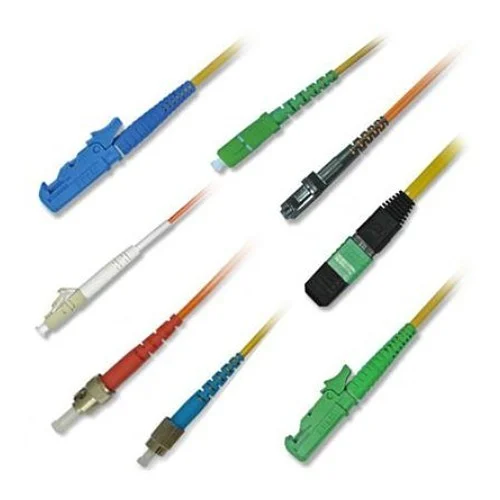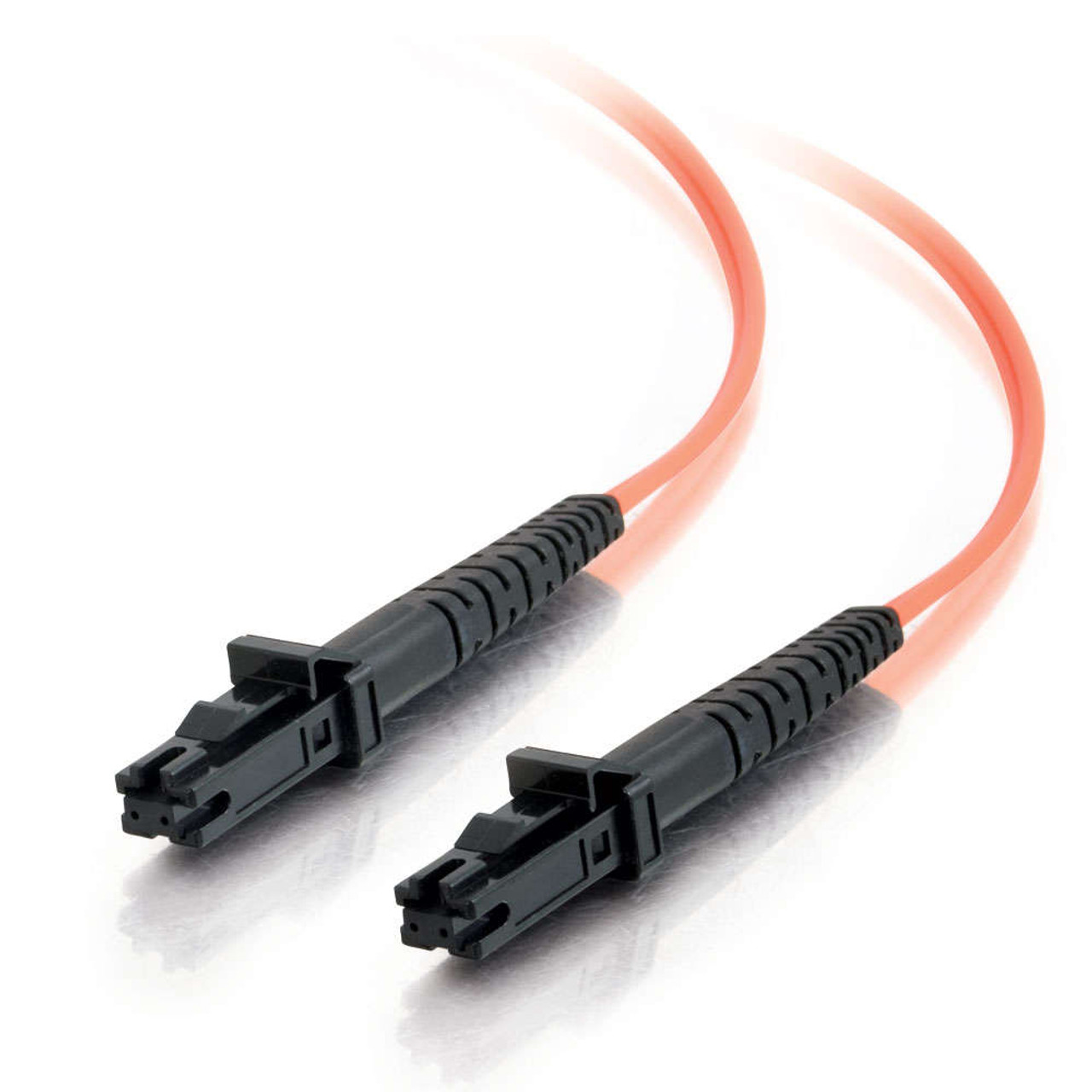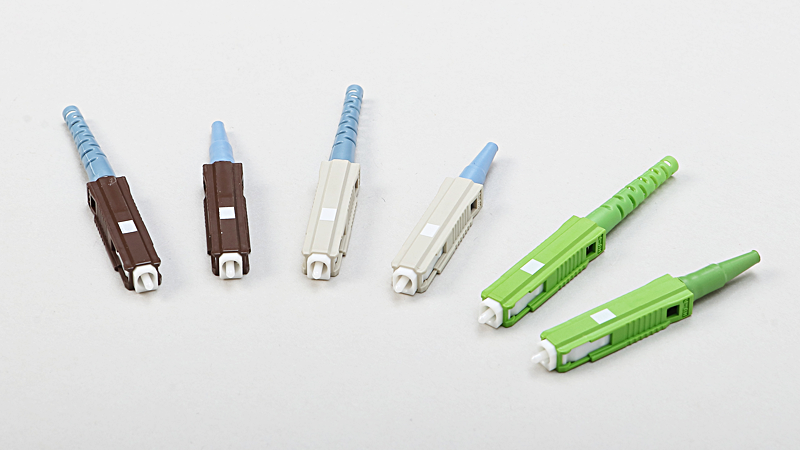MU Fiber Optic Pigtails: Key Features and Benefits for Network Engineers

Exploring MU Fiber Optic Pigtails
In this blog, we delve into the world of MU fiber optic pigtails, exploring their key features and benefits for network engineers. MU fiber optic pigtails are an essential component in network engineering, providing a reliable and efficient means of connecting fiber optic cables. These pigtails serve as a connector between the fiber optic cable and other devices, ensuring seamless data transmission. With their compact size and high-performance capabilities, MU pigtails offer numerous advantages over other fiber optic connectors. Join us as we uncover the unique characteristics and benefits of MU fiber optic pigtails for network engineers.
Understanding the Key Features
MU fiber optic pigtails are an integral part of network engineering, offering unique characteristics and advantages. Let's begin with an overview of MU fiber optic pigtails. These pigtails are short, single-fiber cables with a connector at one end and exposed fibers at the other. They are used for splicing or terminating optical fibers within a fiber optic cable.
Compared to other fiber optic connectors, MU pigtails have several distinguishing features. Firstly, they utilize a small form factor, making them ideal for high-density applications where space is limited. The compact size of MU pigtails allows for more efficient use of rack space and reduces cable clutter.
Another key feature of MU pigtails is their enhanced performance and reliability. They offer low insertion loss and excellent return loss characteristics, ensuring minimal signal degradation during transmission. This results in improved data integrity and reduced signal loss, leading to better overall network performance.
The advantages of using MU fiber optic pigtails in network engineering are significant. Network engineers benefit from the ease of installation and termination that MU pigtails provide. Their simple design allows for quick and straightforward installation, saving time and effort during network deployments.
Additionally, the compact size of MU pigtails makes them highly suitable for high-density environments such as data centers or telecommunications facilities. With their reliable performance and compact form factor, MU pigtails enable efficient utilization of available space while maintaining optimal network connectivity.

Benefits for Network Engineers
Network engineers can reap numerous benefits from using MU fiber optic pigtails, including improved network connectivity and ease of installation and maintenance.
Improved Network Connectivity
MU pigtails play a crucial role in enhancing network connectivity. By utilizing high-quality connectors and fibers, these pigtails minimize signal loss during data transmission. This reduction in signal loss leads to improved overall network performance and ensures reliable data transmission. With MU pigtails, network engineers can achieve better signal integrity and maintain consistent network connectivity.
Ease of Installation and Maintenance
One of the key advantages of MU fiber optic pigtails is their simplified installation process. These pigtails are designed for easy integration into existing networks, allowing for quick deployment. The compact size of MU pigtails makes them easier to handle during installation, especially in tight spaces or densely populated racks.
Furthermore, the maintenance and troubleshooting of MU pigtails are streamlined due to their straightforward design. Network engineers can efficiently identify and resolve any issues that may arise with these pigtails, minimizing downtime and ensuring uninterrupted network operations. Troubleshooting is made easier by the accessibility of the exposed fibers at the end of the pigtail.
The ease of installation and maintenance provided by MU fiber optic pigtails allows network engineers to save valuable time and resources while maintaining optimal network performance.
Installation, Maintenance, and Troubleshooting
When it comes to the installation, maintenance, and troubleshooting of MU fiber optic pigtails, following proper techniques is essential for optimal performance.
Step-by-Step Installation Guide
To ensure a successful installation of MU pigtails, consider the following steps:
Begin by preparing the fiber optic cable by stripping and cleaning the fibers.
Next, carefully align the exposed fibers with the connectors on the MU pigtail.
Gently insert the fibers into the connectors until they are securely seated.
Use a fusion splicer or mechanical splice to create a reliable connection between the pigtail and cable.
Properly manage cables by organizing them in a neat and orderly manner to prevent tangling or damage.
Terminate any excess length of fiber optic cable using appropriate termination techniques.
By following these step-by-step instructions, network engineers can ensure a secure and efficient installation of MU pigtails while maintaining proper cable management and termination practices.
Maintenance and Troubleshooting Tips
To keep MU pigtails in optimal condition and address any potential issues, consider these maintenance and troubleshooting tips:
Regularly inspect MU pigtails for signs of damage or contamination. Clean them if necessary using lint-free wipes and approved cleaning solutions.
Avoid bending or twisting the pigtails excessively as this can cause signal loss or breakage.
If experiencing connectivity issues, check for loose connections or damaged fibers. Re-terminate if needed.
Utilize specialized tools such as optical power meters or visual fault locators to troubleshoot signal loss or other performance issues.
By adhering to best practices for maintaining MU fiber optic pigtails and employing effective troubleshooting techniques, network engineers can ensure reliable network connectivity.

Applications and Future Trends
MU fiber optic pigtails find applications in a wide range of industries and sectors, contributing to improved connectivity and data transmission.
Diverse Applications of MU Fiber Optic Pigtails
Various industries benefit from the use of MU pigtails. These include telecommunications, data centers, healthcare, aerospace, defense, and more. In telecommunications, MU pigtails are commonly used for network infrastructure installations due to their compact size and high-performance capabilities. Data centers rely on MU pigtails for efficient connectivity between servers and networking equipment. In healthcare, MU pigtails enable reliable communication in medical imaging systems such as MRI or CT scanners.
Specific use cases for MU fiber optic pigtails include fiber-to-the-home (FTTH) networks, local area networks (LANs), and optical distribution frames (ODFs). MU pigtails play a vital role in these applications by ensuring seamless data transmission and maintaining network integrity.
Future Trends and Advancements
The future of MU fiber optic pigtails holds exciting possibilities. As technology continues to advance, we can expect improvements in areas such as higher data transmission rates, increased bandwidth capacities, and enhanced durability. Emerging technologies like 5G networks and Internet of Things (IoT) devices will drive the demand for faster and more reliable fiber optic connections.
Advancements in manufacturing techniques may lead to even smaller form factors for MU pigtails while maintaining their performance standards. Additionally, advancements in fiber optic cable designs may further enhance the compatibility and efficiency of MU pigtails with different types of cables.
As the demand for faster and more reliable networks grows across various industries, the development of new technologies and advancements in existing ones will continue to shape the future of MU fiber optic pigtails.
Final Thoughts on MU Fiber Optic Pigtails
In conclusion, MU fiber optic pigtails offer network engineers a reliable and efficient solution for achieving improved network connectivity. With their unique features and advantages, such as reduced signal loss and simplified installation, MU pigtails play a significant role in maintaining optimal network performance.
When selecting and purchasing MU pigtails, it is essential to consider factors such as compatibility with existing infrastructure, cable management requirements, and future scalability needs. By making informed decisions, network engineers can ensure seamless integration of MU pigtails into their networks.
The significance of MU fiber optic pigtails in the field of networking cannot be overstated. Their compact size, enhanced performance, and ease of maintenance make them an invaluable component in various industries and sectors. As technology continues to advance, we can expect further advancements in MU pigtails that will contribute to even more efficient and reliable network connectivity.
See Also
A Comprehensive Guide to Fiber Optic Pigtails: MU, LC, SC, FC, DIN, APC, UPC
Mastering MU Type Fiber Optic Connectors: The Ultimate Guide
Understanding Different Types of Fiber Optic Adapters: A Comprehensive Guide
Waterproof Connectors in FTTH Networks: Enhancing Performance and Reliability
About US
Follow Us
AnetFiber company's main products are indoor and outdoor optical fiber cables, outdoor waterproof pre-connected fiber-to-the-home products, PLC optical fiber splitters, optical fiber jumpers and pigtails, MTP®/MPO high-density big data product solutions, optical fiber field quick connectors and research and development molding, injection molding and production of optical fiber distribution boxes, optical fiber chassis cabinets, the market has expanded to the world, Europe, America, Asia, the Middle East and Latin America.
Address
Shenzhen City, Baoan District, Yanluo Street, Tangxiayong Community, Yangyong Industrial Road, Tonggangda New Energy Vehicle Park 406
Contacts
+86 199 2655 3586

